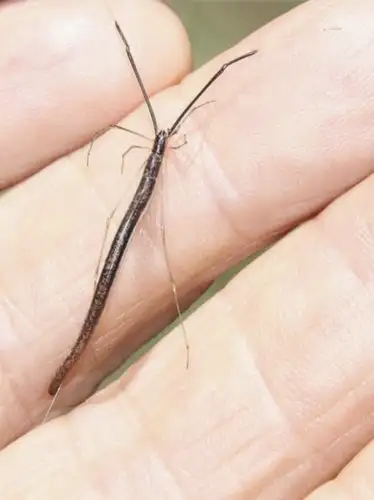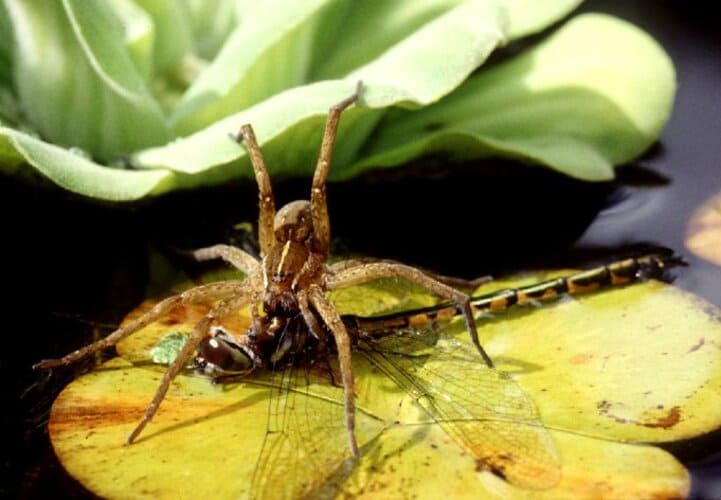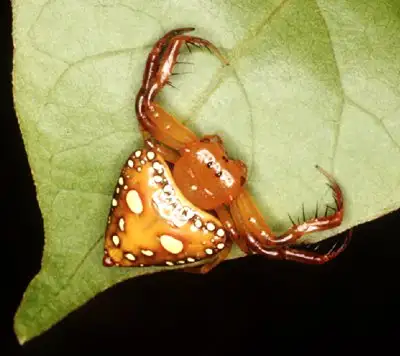Atlatsjapyx atlas
IUCN
LCBasic Information
Scientific classification
- name:Atlatsjapyx atlas
- Scientific Name:pa
- Outline:Arthropoda
- Family:Dicera
Vital signs
- length:4.7 cm
- Weight:
- lifetime:
Feature
Wingless, eyeless, slender body, multi-segmented filamentous antennae, with a pair of segmented tail whiskers or unsegmented tail hairpins.
Distribution and Habitat
Domestically distributed in western Sichuan.
Appearance
One of the largest known dipterans in the world. The head and tail are yellow, the back of the thorax and abdominal segments 1-7 is gray, the ventral surface is yellow, the back of the eighth and ninth abdominal segments is russet, and the tenth abdominal segment and tail are dark brown. The head is trapezoidal with rare small hairs; the antennae have 48-49 segments and no sensory hairs; the upper jaw is strong and has 4 teeth. There are 1-2 small hairs on the back side of abdominal plates 1-7; the tenth abdominal segment is sparsely covered with small notches and is bare. There is a large tooth nearly 1/2 of the inner edge of the left tail, and there is also a large tooth in the middle of the right tail.
Details
Atlas japyx atlas (scientific name: Atlas japyx atlas) is an arthropod found in Xiangcheng County, Sichuan Province, the People's Republic of China. It is the only species of the genus Atlas japyx in the family Atlas japyx of the order Dicer. At the time of discovery, it was the largest known dichopod insect in the world at that time. This species belongs to the species of the Diceridae family. The main characteristics are wingless, eyeless, slender body shape, multi-segmented filamentous antennae, and a pair of segmented tail whiskers or unsegmented tail hairpins. They generally live in decayed leaves and branches on the soil surface, under fallen trees, in rotten tree trunks, and in crevices between rocks. This species is the largest group of insects of the order Dicera, with an average body length of 47 mm. Collected from Xiangcheng County, Sichuan in 1982.
The eight-shaped body of the giant bug is long and thick, with an average body length of 46.99 mm. The widest point is generally in the second segment of the abdomen, with an average width of 6.26 mm. The head and feet are yellow, the back of the thorax and abdomen ~ 7th segment is gray, and the ventral surface is yellow, the back of segments 8 and 9 is russet, and the ventral surface is yellow, and the 10th segment and the tail are dark brown. The antennae have no sensory hairs, the upper jaw has four teeth, and the inner leaf of the lower jaw has 5 lobes, which is comb-shaped. There are 3 pairs of chest valves.









